Agribusiness, the commercial sector encompassing all activities involved in the production, processing, and distribution of agricultural products, plays a vital role in the global economy. It forms the bridge between rural agricultural producers and urban consumers, transforming raw agricultural commodities into the food that fuels the world.
Among the various sectors within agribusiness, fruit production and trade represent a vibrant and high-value segment. From the tropical mango groves of India to the vast apple orchards of the United States, the fruit industry provides food, income, employment, and economic growth to millions across the globe.
This article introduces the key concepts of agribusiness with a focused lens on the fruit sector, covering its structure, global significance, supply chain dynamics, challenges, and emerging opportunities.
What is Agribusiness?
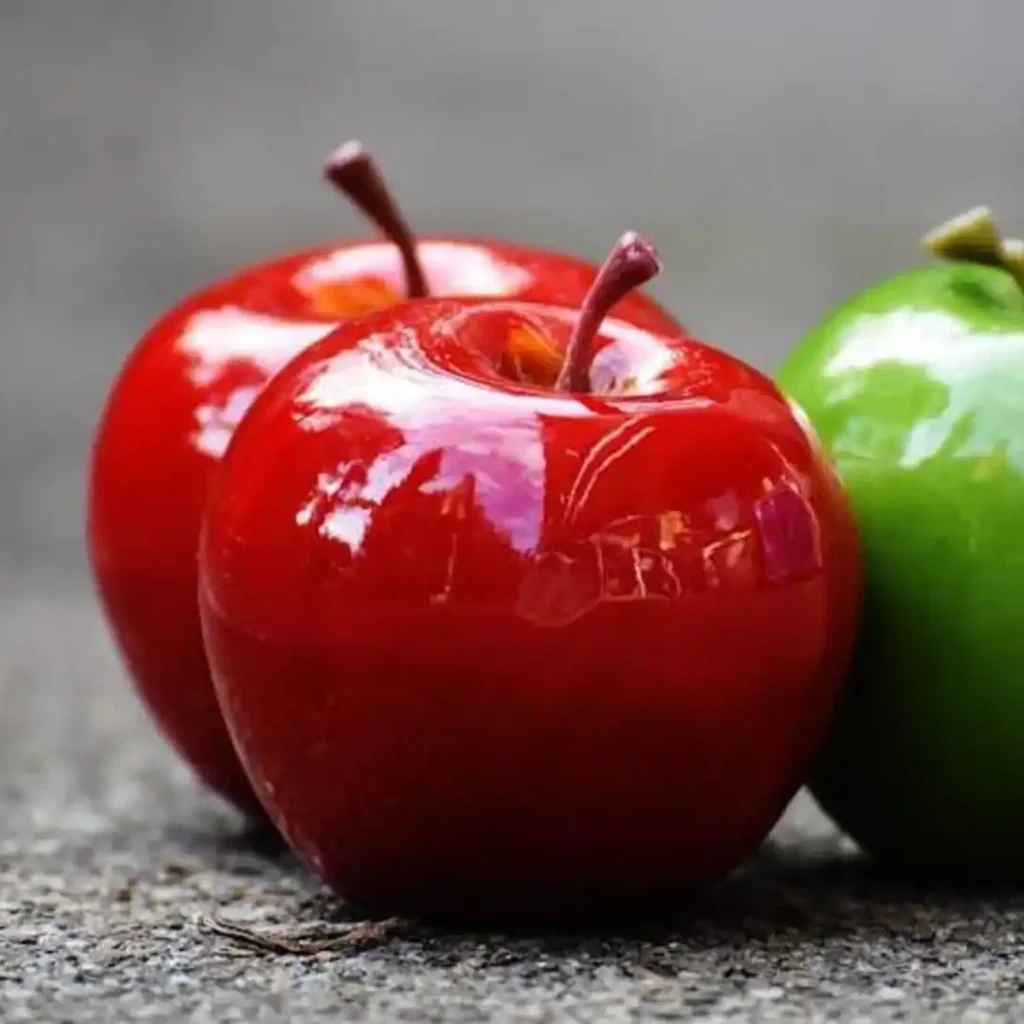
Agribusiness refers to all business activities involved in agricultural production—from farm to table—including farming, processing, storage, transportation, marketing, and retail. It combines elements of:
- Agriculture
- Economics
- Marketing
- Technology
- Management
Agribusiness operates at both micro (farm-level operations, cooperatives, agritech startups) and macro (national policy, international trade, global value chains) levels.
Why Focus on Fruits in Agribusiness?
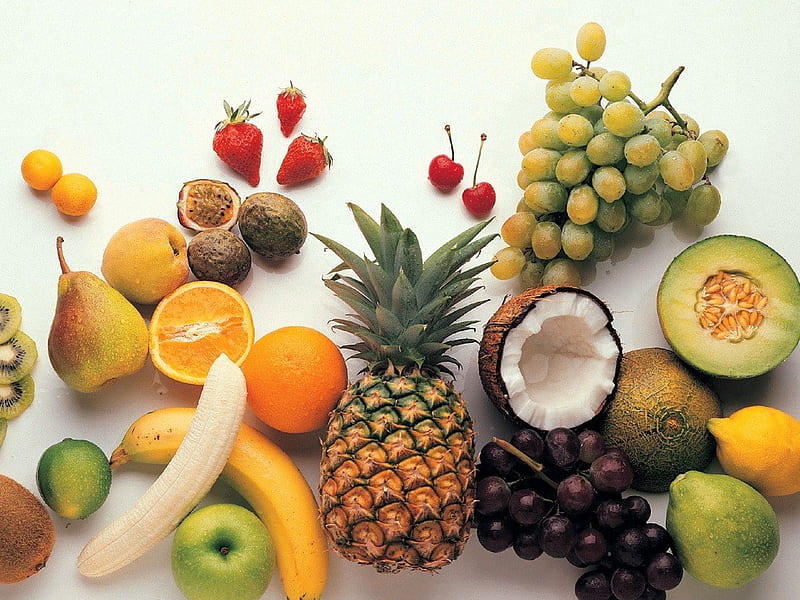
Fruits are not only essential for nutrition but also represent one of the most profitable and fast-growing areas in agriculture. Here’s why:
- High Market Value: Fruits like avocados, blueberries, and grapes have high price points per kg.
- Global Demand: Rising incomes, awareness of healthy diets, and exotic fruit preferences drive global consumption.
- Export Potential: Many countries rely heavily on fruit exports to boost their GDP (e.g., bananas in Ecuador, citrus in Spain, mangoes in India).
- Value Addition: Fruits offer vast scope for processing into juices, jams, dried fruits, and more—extending shelf life and boosting revenue.
The Structure of the Fruit Agribusiness Sector
Fruit agribusiness includes a variety of players and operations:
1. Production
- Orchards, plantations, smallholder farms, and controlled-environment agriculture (greenhouses).
- Key inputs: seeds/saplings, fertilizers, irrigation, labor, pest control.
2. Post-Harvest Handling
- Sorting, grading, washing, cooling, and packaging.
- Vital to reduce wastage and maintain quality, especially for exports.
3. Processing
- Canned fruits, juices, jams, frozen fruit, fruit concentrates.
- Increases shelf life, creates export-ready products, and adds value.
4. Distribution and Marketing
- Local markets, supermarkets, online platforms, export channels.
- Branding, certifications (like organic or fair trade), and packaging are critical for market access.
5. Support Services
- Agricultural extension services, cold storage, logistics, financial services, R&D, marketing consultants, etc.
Global Overview of Fruit Agribusiness
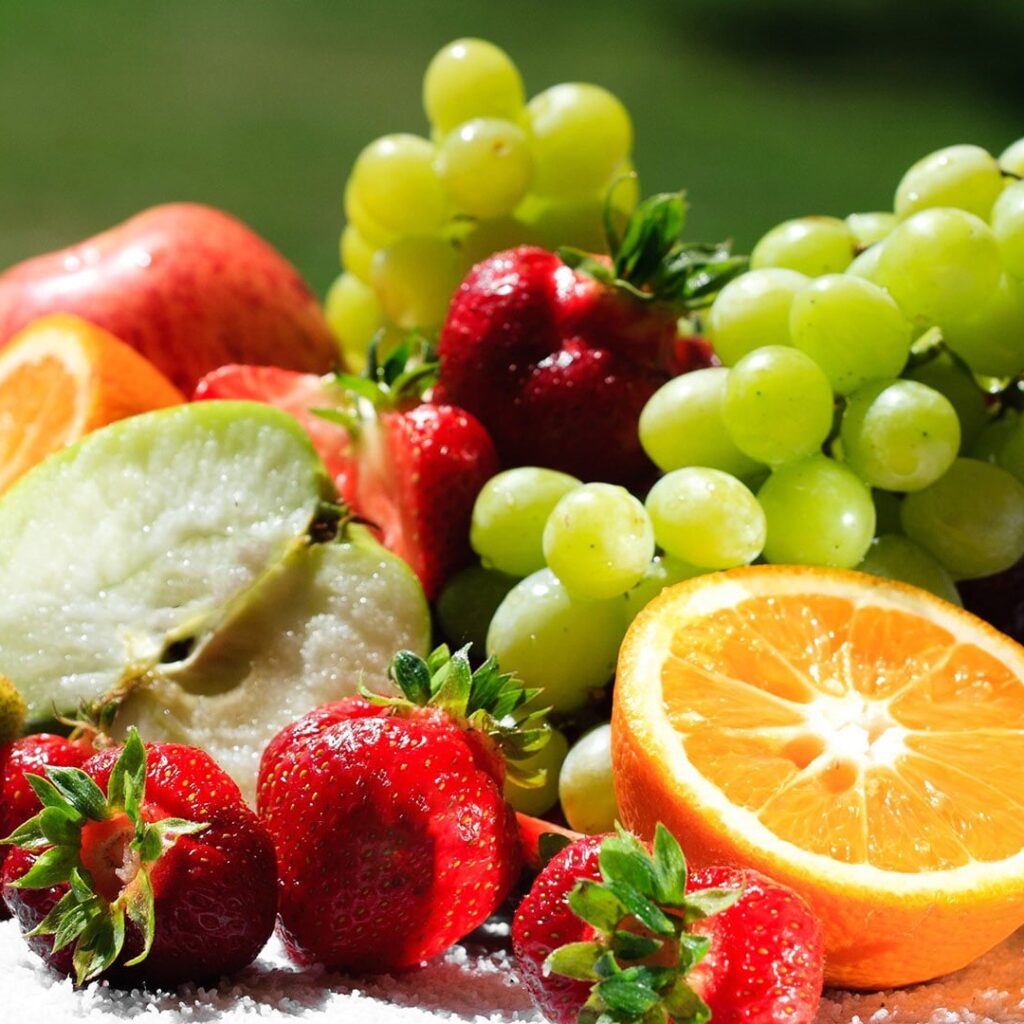
The global fruit market is a multibillion-dollar industry. Here are some key insights:
- Top Producers: China, India, Brazil, and the USA lead in fruit production due to vast agricultural land and climate diversity.
- Major Exporters: Ecuador (bananas), Mexico (avocados), Spain (citrus), and Chile (berries, grapes) dominate international fruit trade.
- High-Value Fruits: Avocados, berries, cherries, and mangoes are among the most profitable fruits in global markets.
Stat Snapshot (2024 data estimates):
- Global fruit production: 900 million metric tons
- Top fruit export: Banana (over $14 billion annually)
- Fastest-growing fruit sector: Berries, due to health-focused consumers
Economic Importance of Fruit Agribusiness
Fruits contribute significantly to rural incomes, food security, and GDP:
- Employment: Millions work in fruit cultivation, harvesting, processing, and sales.
- Foreign Exchange: Export of fruits is a major source of income for many developing countries.
- Rural Development: Fruit farming supports infrastructure development like irrigation, roads, and cold chains in rural areas.
- Women Empowerment: In many regions, women play a major role in fruit processing and marketing.
Supply Chain of Fruit Agribusiness

Understanding the supply chain helps identify bottlenecks and opportunities for improvement.
A typical fruit supply chain includes:
- Farm Production →
- Post-Harvest Handling →
- Storage/Cold Chain →
- Transportation →
- Processing (optional) →
- Wholesalers/Retailers →
- Consumers
Challenges often arise in:
- Cold storage infrastructure in tropical countries
- Inefficient logistics leading to spoilage
- Middlemen exploitation lowering farmer profits
Digitization, direct farmer-to-consumer (F2C) models, and improved infrastructure are helping streamline fruit supply chains.
Key Challenges in Fruit Agribusiness

Despite its promise, the fruit sector faces several hurdles:
a. Perishability
- Fruits have a short shelf life, requiring urgent cooling, storage, and quick market access.
b. Market Fluctuations
- Prices of fruits can vary drastically due to seasonal oversupply or demand shocks.
c. Pest & Disease Management
- Fruits are vulnerable to fungal infections, pests, and post-harvest losses if not handled carefully.
d. Climate Change
- Irregular rains, rising temperatures, and new pests are altering growing conditions for many fruits.
e. Lack of Farmer Awareness
- Many smallholders lack knowledge of good agricultural practices (GAP), export standards, or market requirements.
Opportunities and Innovations in Fruit Agribusiness
Several trends and innovations are shaping the future of fruit-focused agribusiness:
1. Agritech and IoT
- Smart irrigation, crop sensors, drone monitoring, and AI for yield prediction are revolutionizing fruit farming.
2. Vertical Farming and Hydroponics
- Urban fruit farming using vertical systems enables year-round supply and reduced land use.
3. Cold Chain Development
- Investment in refrigerated storage and transport reduces wastage and opens new markets.
4. Export Diversification
- Countries are expanding their export baskets from traditional bananas and mangoes to niche fruits like passionfruit, lychee, and dragon fruit.
5. Organic and Sustainable Branding
- Growing demand for chemical-free, organic fruits gives farmers and agribusinesses a new edge.
Case Studies
India’s Mango Export Story
India, the world’s largest mango producer, has traditionally struggled with exports due to spoilage and quality concerns. With the introduction of vapor heat treatment and mango-specific export protocols, Indian mangoes are now gaining access to high-end markets like the US and Japan.
Chile’s Berry Boom
Chile has emerged as a global powerhouse in berry exports, especially blueberries. Leveraging its counter-seasonal advantage and advanced logistics, Chile supplies fresh berries to the northern hemisphere during winter months.
Future Outlook
The global fruit agribusiness sector is poised for robust growth, driven by:
- Urbanization and higher demand for ready-to-eat fruits
- Health-focused consumption
- Free trade agreements and market liberalization
- Innovation in post-harvest and processing technologies
However, long-term sustainability will depend on climate resilience, fair trade practices, and empowering smallholder farmers.
Conclusion
Agribusiness is a dynamic and essential part of the modern economy, and when we focus on the fruit sector, we find an exciting world full of flavor, trade potential, and opportunity. With high value, export possibilities, and a direct link to global nutrition and livelihoods, fruits form a vibrant segment of agribusiness that deserves focused attention.
By understanding how fruits fit into the agribusiness ecosystem—through production, processing, logistics, and market dynamics—we not only unlock the secrets of a fruitful economy but also prepare ourselves to contribute meaningfully to sustainable agriculture and global food systems.

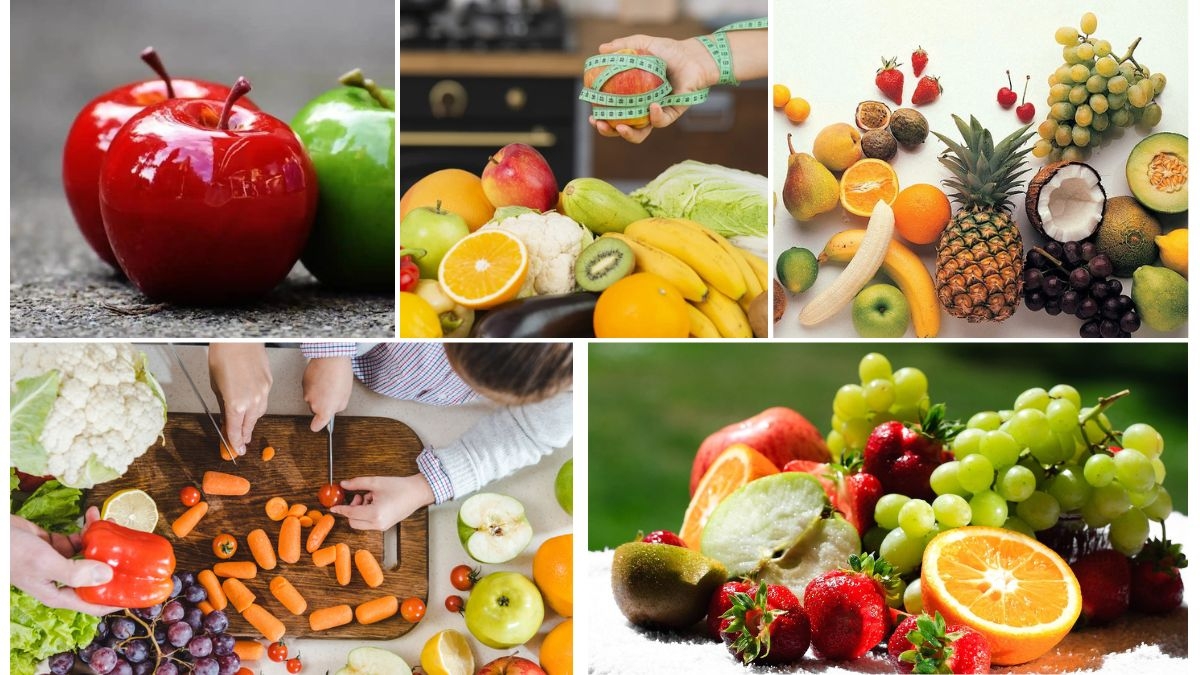




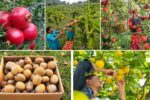
Leave A Comment